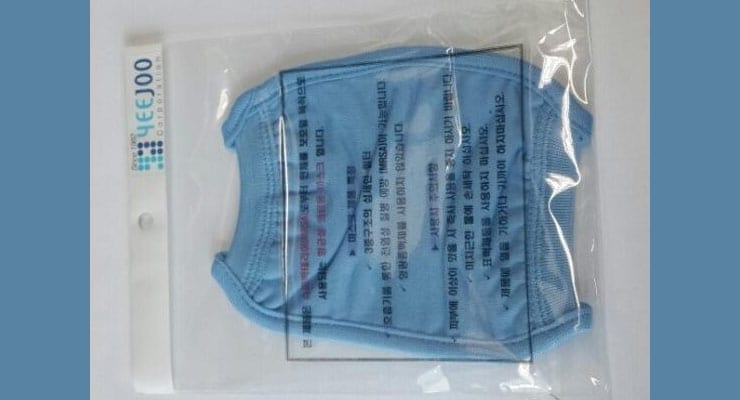An industry-academic collaborative group affiliated with Ulsan National Institute of Science and Technology (UNIST) has successfully engineered anti-bacterial fabrics that are effective against the super-bacterium, Staphylococcus aureus.
This anti-bacterial fabric was developed using a natural bacterial pigment called ‘Violacein’, which is violet pigment naturally made by bacteria found in nature, and is reported to have antibacterial, antiviral, antiprotozoal and anticancer effects.
See also: Superbugs and Superdrugs: An Interview with BARDA
The research team at UNIST, led by Prof. Robert J. Mitchell, extracted crude violacein using a self-developed production method and this was used to dye the cotton fabric. The team discovered that this fabric blocked the growth of MRSA and other multi-drug resistant S. aureus strains by 99.9%.
This widespread use of antibiotics has resulted in the ongoing and ever-increasing prevalence of antibiotic-resistant bacteria, with more than 0.7 million patients dying each year from these “superbugs”. Moreover, nosocomial infections, otherwise known as hospital-acquired infections, have become a growing problem worldwide and South Korea is no exception, scientists say.
See also: Antibiotic Resistant Bacteria Countermeasure Accelerator
“This is first case where an antibacterial fabric was produced using violacein. This fabric has the possibility to reduce the impact of super-bacterial infections,” said Prof. Mitchell. “We hope this donation will help public health.”
The work was supported by a grant from the Korea Institute for Advancement of Technology (KIAT) through the EUREKA program.



